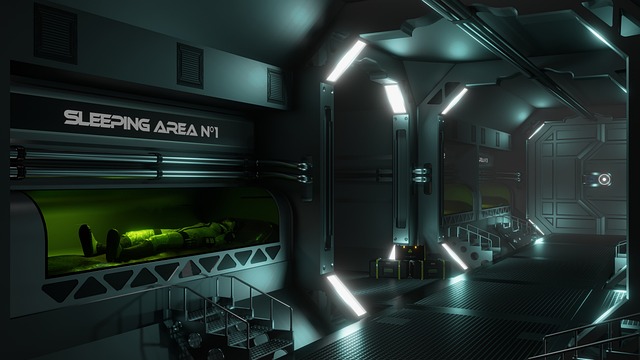In an era where technology evolves at lightning speed, the integration of robotics and artificial intelligence (AI) into our daily lives is becoming increasingly commonplace. One of the most fascinating aspects of this transformation lies in the concept of spatial perception. This term, often associated with the human ability to understand and navigate the physical world, is equally relevant in the context of machines as they learn to interpret and interact with their environments.
Robotics has come a long way, shifting from simple automated tasks to complex systems capable of intricate decision-making. Imagine a robotic arm working in a manufacturing plant—its ability to recognize space, position, and movement is crucial. Such machines must be equipped with spatial perception to adjust to dynamic environments, understand their surroundings, and perform tasks safely and efficiently. This capability not only enhances operational efficiency but also optimizes productivity in industries that rely on automation.
As we delve deeper into the realm of artificial intelligence, spatial perception becomes even more integral. AI systems, equipped with advanced algorithms, are continuously learning from data. This learning allows them to develop a form of spatial awareness, which is essential for applications ranging from self-driving cars navigating busy streets to drones delivering packages in urban environments. AI’s ability to comprehend spatial relationships enables these technologies to make informed decisions, ensuring safety and efficiency in real-time operations.
The impact of spatial perception extends far beyond individual machines. In the realm of automatisation in business, companies are harnessing the power of robotics and AI to streamline processes, minimize errors, and enhance customer experiences. Automated warehouses, for instance, utilize robots with sophisticated spatial awareness to manage inventory. By understanding their surroundings, these robots navigate through aisles, pick items, and organize products with precision—transforming the way businesses operate. The effectiveness of such systems showcases how spatial perception can revolutionize industries, leading to faster outputs and increased profitability.
A crucial element in harnessing the true potential of spatial perception lies in human-robot interaction. As we integrate these intelligent systems into our workplaces and homes, it becomes essential for them to understand our spatial needs and respond appropriately. Whether it’s a robot assisting in household chores or a chatbot providing customer service, refining spatial perception will enhance these interactions, making technology feel more intuitive and user-friendly.
While the future of robotics and artificial intelligence holds immense potential, navigating the complexities of spatial perception will be central to unlocking their true capabilities. The synergy between human intuition and machine intelligence will shape how we perceive our world, transform industries, and redefine our everyday interactions with technology.



